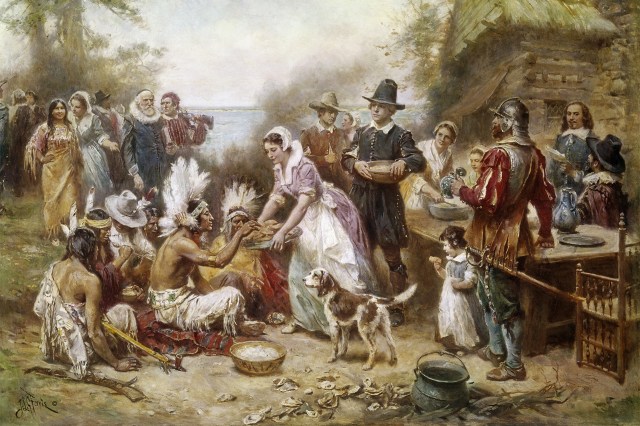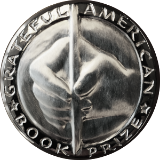November 16
November 30
2023
History Matters
Showing our children that their past is prelude to their future
by John Grimaldi and David Bruce Smith
Setting the clocks back used to be effortless; a task that flowed into a routine of rising early, having a midday meal, and retiring at sundown. According to History.com, “as late as the 1880s, most towns in the U.S. had their own local time, generally based on ‘high noon,’ or the time when the sun was at its highest point in the sky.” There was no pressing need for a “uniform time-keeping system.”
But, when the railroads encroached, “travel…between cities [shrunk] from days or months to mere hours … local times became a scheduling nightmare.” They took the liberty of dividing the country into four time zones, but congress did not approve it until 1918.
The Grateful American Book Prize recommends Saving Time: Discovering a Life Beyond the Clock by Jenny Odell.

Clocks
In the annals of history, George Washington is usually named as the first president, but others might disagree—technically:
According to ConstitutionFacts.com, “when we think of the President of the United States, many people do not realize that we are actually referring to presidents elected under the U.S. Constitution. Everybody knows that the first president in that sense was George Washington. But in fact the Articles of Confederation, the predecessor to the Constitution, also called for a president, albeit one with greatly diminished powers. Eight men were appointed to serve one-year terms as president under the Articles of Confederation. In November 1781, John Hanson became the first President of the United States under the Articles of Confederation.”
He died on November 22, 1783; Washington took office in 1789.
The Grateful American Book Prize recommends Peter H. Michael’s, Remembering John Hanson: A biography of the first president of the original United States government.

Portrait of John Hanson attributed to John Hesselius, c. late 1760s
In 1941 President Franklin Roosevelt designated the fourth Thursday—of every November –as Thanksgiving.
But the celebration had started much earlier. History.com, says it began “in the autumn of 1621, when Plymouth governor William Bradford invited local members of the Wampanoag tribe to join the Pilgrims in a festival held in gratitude for the bounty of the season.” And so it “became an annual custom throughout New England in the 17th century, and in 1777 the Continental Congress declared the first national American Thanksgiving following the Patriot victory at Saratoga. In 1789, President George Washington became the first president to proclaim a Thanksgiving holiday, when, at the request of Congress, he proclaimed November 26, a Thursday, as a day of national thanksgiving for the U.S. Constitution.”
This year, the holiday is on November 23.
The Grateful American Book Prize recommends Thanksgiving: The Biography of an American Holiday by James W. Baker.

‘The First Thanksgiving’ by Jennie Augusta Brownscombe, an example of the kind of vision of Thanksgiving that spread in the 19th century
History Matters is a biweekly feature courtesy of The Grateful American Book Prize.



